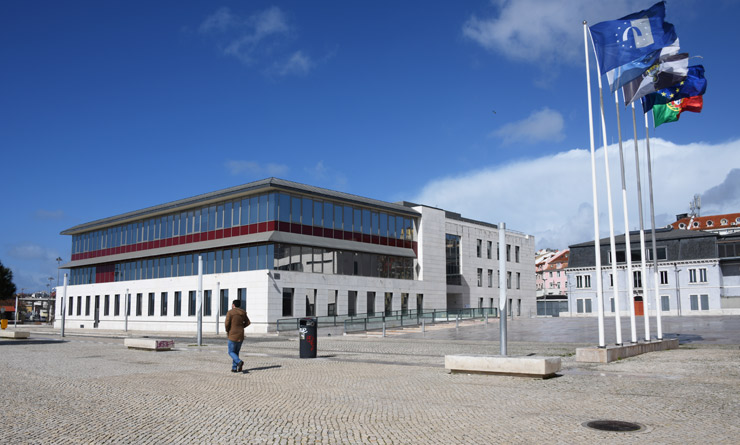To improve understanding of the impact of the pandemic and associated measures on the drug market in the Western Balkans, the European Drugs Agency (EMCDDA) published ad hoc publication Illicit drug markets and supply in the Western Balkans: Impact of COVID-19.
This report provides the main results of studies conducted using the trendspotter methodology to explore the impact of the pandemic and associated measures on the drug markets and supply in the Western Balkans.
Reported here are the findings of a rapid multidisciplinary expert opinion study to review the possible impact of COVID-19 on the operation of the drug market. The current situation is extremely dynamic.
The findings of the study should be interpreted with caution as they are based substantially on expert opinions gathered from law enforcement sources between September and October 2020, when the research was conducted. In general, very limited statistical or research data is available in the Western Balkan region on drug markets during this period. Therefore, the conclusions are necessarily preliminary and will require review as more data sources become available.
 To read the report, please follow this link>>>.
To read the report, please follow this link>>>.



 To read the full report,
To read the full report,